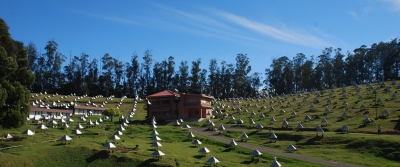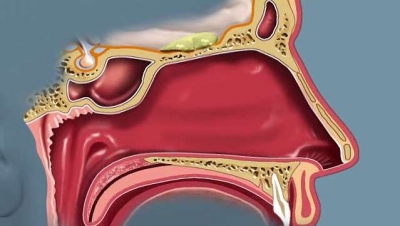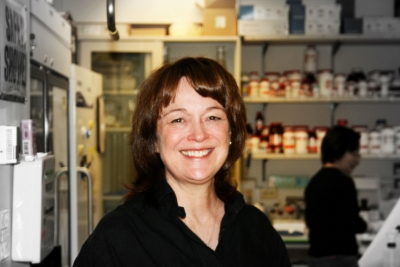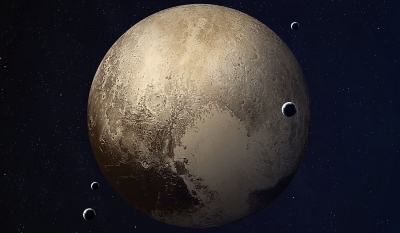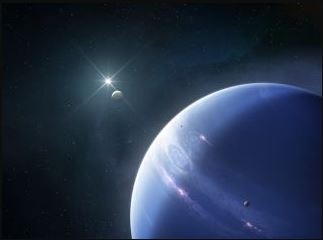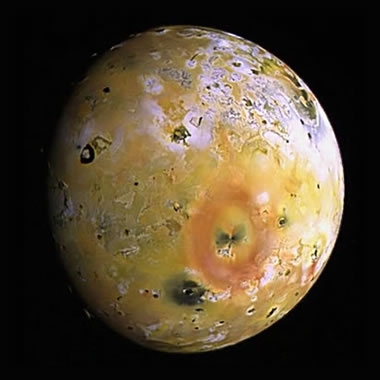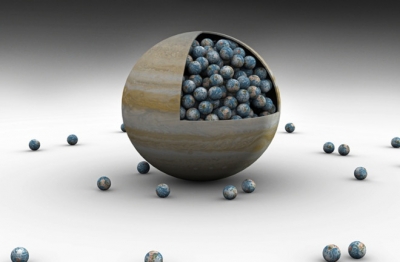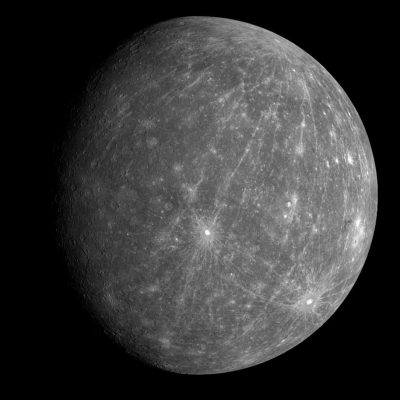Did you know that you can separate the white and yellow parts of the egg using only a bottle?

What you need:
An egg, A plate, An empty plastic water bottle that's flexible
What to do:
1. Crack the egg onto the plate.
2. Lightly squeeze the bottle and hold it upside down over the egg.
3. Touch the mouth of the bottle to the yolk and gradually un-squeeze the bottle.
What happens?
The egg yolk gets pushed into the bottle leaving only the egg white!
Why?
The answer is air pressure! When you squeeze the bottle, you push some of the air out. Once the mouth of the bottle is placed on the yolk, the remaining air is sealed in. When you release the bottle, it expands to its original size, but there is no air to completely fill it up. So, the pressure of air inside the bottle is lower than the air pressure around it. Air tries to rush in from the outside to equalize this pressure imbalance, but the yolk gets in the way and gets sucked in!
The reason why the whites don't get sucked in is the difference in thickness. The yolk is thicker and more solid, allowing it to pass into the bottle easily. The white, on the other hand, is runny and thin. So, it falls back and stays on the plate. Egg white omelettes, anyone?
Picture Credit : Google
